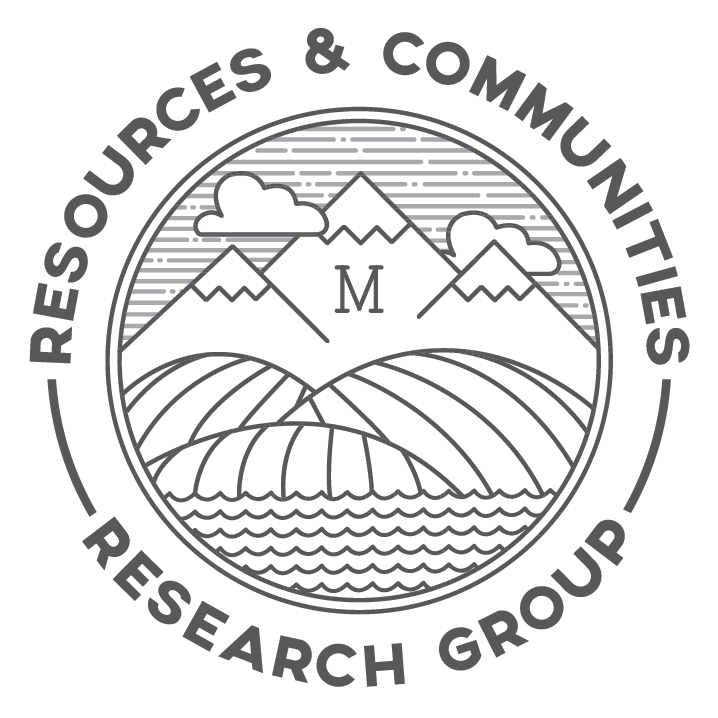During the fall of 2018, I spent six weeks in western North Dakota collecting preliminary data on a new research project about the role of roads in communities with unconventional oil and gas (UOG) development. Although booms in UOG development often result in significant investments in transportation infrastructure, the scholarship has largely ignored the role that roads can play in either reinforcing or disrupting dependence on natural resource development.
Consequently, road infrastructure prompts contradictory responses – spectacle and invisibility. Traffic and road construction are the some of the most frequently discussed boom impacts by residents and decision makers (Murphey et al 2017). Simultaneously, community members (and researchers) often take for granted the amount of work that goes into constructing and maintaining roads, as well as the environmental, economic, and social impacts of new and upgraded roads (Laurance and Arrea 2017).
I aim to draw attention to this overlooked component of UOG booms. The state, county, and local investments in the road systems throughout the Bakken shale play have been staggering, both financially and in the material changes to the landscape. Roads have created an immense amount of transformation in the Bakken, but exactly how and for whom is an open question that my new research project will explore.
During my time in North Dakota, I interviewed various stakeholders who contribute to shaping the transportation infrastructure in this region. I also spent many hours driving roads, at times with interviewees and at other times by myself. I started carrying county maps with me wherever I went and asking for recommendations about which roads to drive – either to see some of the impacts from UOG development or to explore the twists and turns of the badlands. Below are some of my favorite pictures from my fieldwork.
—Kristin K. Smith, Ph.D. Candidate





